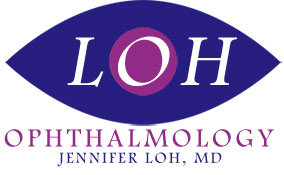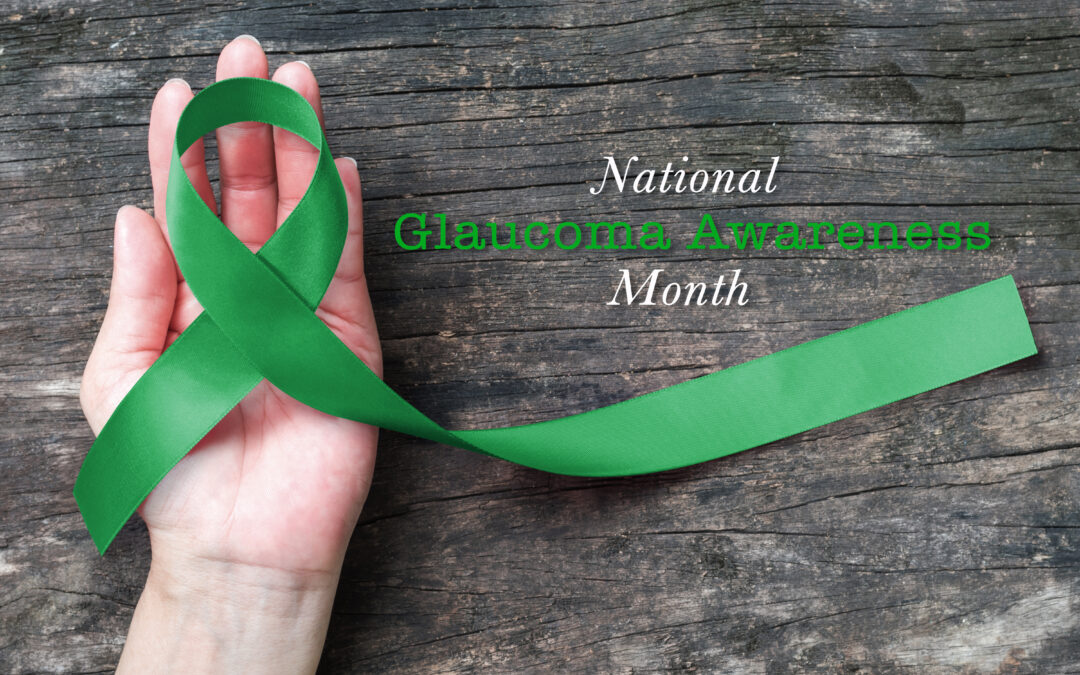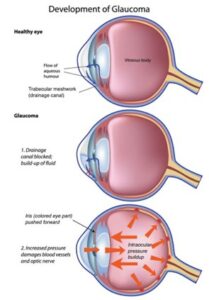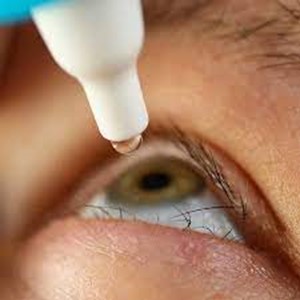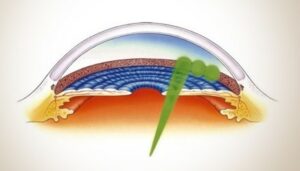January is National Glaucoma Awareness Month! At Loh Ophthalmology Associates, we see Glaucoma every single day in our office, and we wanted to draw attention to some common misconceptions that we hear from our own patients regarding glaucoma. Some of these may be things that you also have heard!
- “Glaucoma only happens when you are older”
While glaucoma is more common in individuals over 60 years old, children and young adults can certainly have glaucoma as well! While some children will develop glaucoma at birth (congenital glaucoma) or at a young age (juvenile glaucoma), anyone can develop glaucoma – especially those with a family history or those who experienced a physical injury or trauma to the eye.
2. “There is no treatment”
You may have heard that there is no treatment for glaucoma. Glaucoma affects the optic nerve — the “cable” that makes over a million different connections to talk between your eye and your brain. While we currently have limited treatment options to reverse damage to the optic nerve caused by glaucoma, treatment of glaucoma is instead focused on prevention of future damage (or of worsening of present damage). While blood pressure and intraocular pressure are completely separate entities, this is similar to how your primary care doctor may talk to you about reducing your high blood pressure to lower the risk of heart disease in the future.
3. “I can feel when my eye pressure is too high.”
While it is true that there are some conditions of the eye where you may have symptoms related to elevations of intraocular pressure, these conditions are relatively rare. Most patients with glaucoma have no initial symptoms and do not experience variation in symptoms related to fluctuations in their intraocular pressure. This is why it is important to attend regular follow-ups with the eyecare provider caring for your glaucoma!
4. “I didn’t use my drops this morning because I figured you’d want to see what things are like while off drops.”
Unless your doctor specifically tells you otherwise, you should always use your drops before your appointment! When treating glaucoma, we want to know how well your intraocular pressure is controlled while you are at home. The best way to estimate that while you are at the office is for our measurements at the office to be while you are using the same medications you would be using at home. This helps us to make the best decisions regarding your treatment plan.
5. Drops are the only treatment option, and I am worried about being on drops for the rest of my life. I also fear that if I start on these drops my eyes will just “get used to the drops”
While glaucoma is a chronic disease, there are treatment options that help to reduce or eliminate reliance on drops. There are in-office procedures that utilize laser therapy to reduce intraocular pressure, as well as implants of long-lasting dropless medication. There are also a number of minimally invasive glaucoma surgery (MIGS) procedures that can be done as a standalone surgery or in combination with cataract surgery.
One main takeaway is that most people are unaware that they have glaucoma until a large amount damage has already occurred – screening is critical for early diagnosis of the disease. Although glaucoma is potentially blinding if not treated properly, early intervention is crucial to minimize the risk of vision loss. We urge you to get an evaluation today and push your loved ones to do so as well. Our office number is 786-558-8542 and you can reach us to schedule an appointment by inquiring through info@jenniferlohmd.com.
